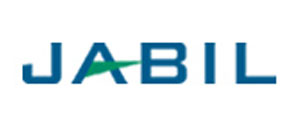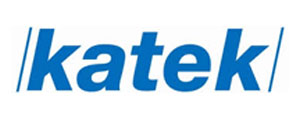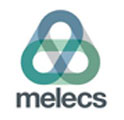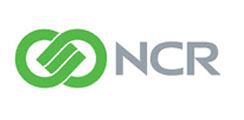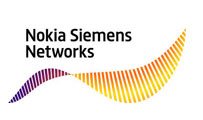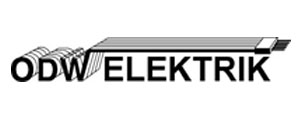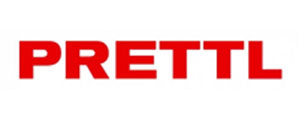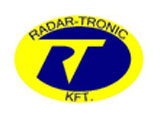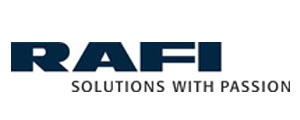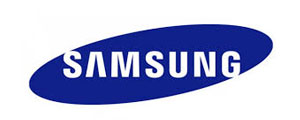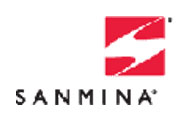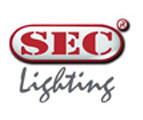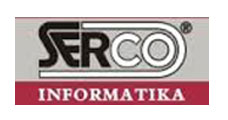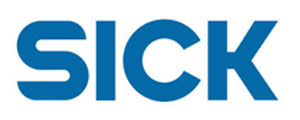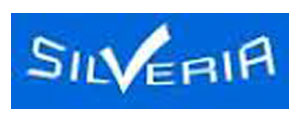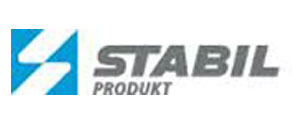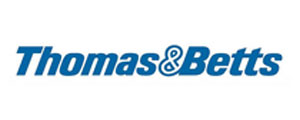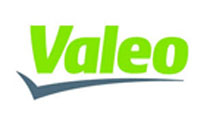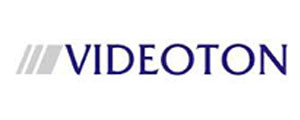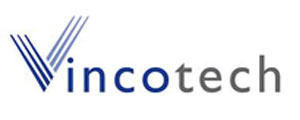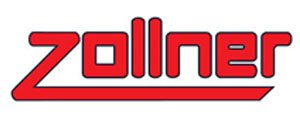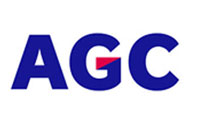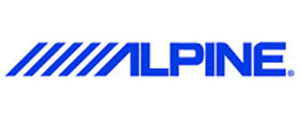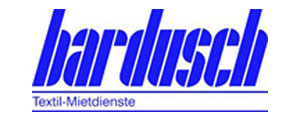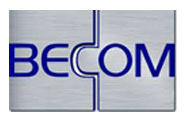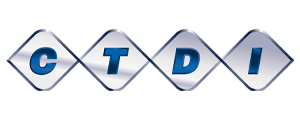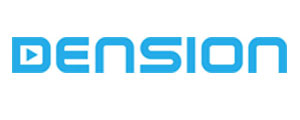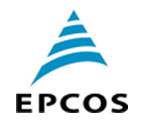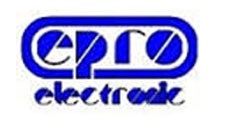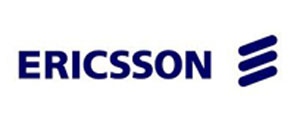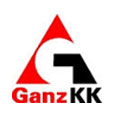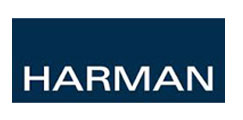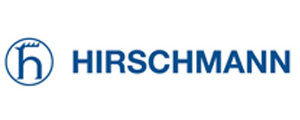Tweezers


Ideal-tek, founded in 1965, is a Swiss company manufacturing top quality hand made tools with 50 Employees, selling its products in 40 countries in 5 continents. The activities of the company are organized in two business units: manufacturer of hand tools & master distributor for high quality accessories and consumables. Our main market segments are electronics, medical device, watch industry, jewellery, laboratories and universities. High quality is achieved by giving human resources the best possible support in terms of technology and manufacturing equipment. Certified ISO 9001 since 1994. Our investments focus on research and development of new solutions/products and applications in order to meet our customer's increasing requirements. Choosing Ideal-tek means selecting a partner who fully understands the needs of customers.
MATERIAL TECHNICAL DATA SHEETS
METALS
Nonferrous alloy type BR
- Brass (CuZn37)
- copper-zinc alloy
- non-magnetizable
- good to excellent corrosion resistance; all copper alloys resist
- corrosion by fresh water and steam
- excellent cold workability (forming)
- generally it is utilized when high mechanical properties are not required
- typical applications include tweezers for handling scratchsensitive mechanical parts, watch components, magnets
Carbon steel type C
- Carbon steel (Material number 1.1221, Ck60, AISI 1060
- contains from 0,57 to 0,65 wt% carbon
- magnetizable
- will be hardened by heat treatment, max. hardness 57 HRC
- poor resistance to corrosion
- used where strength and/or hardness are of primary concern
- typical applications include tweezers and cutting tools for the electronic industry, watch-makers, jewellers applications
Nonferrous alloy type N
- Nickel silver 65-18 (CUNI18Zn20)
- copper-nickel-zinc alloy
- non-magnetizable
- soft and elastic
- all copper alloys resist corrosion by fresh water and steam. Copper nickels provide superior resistance to saltwater corrosion, have high resistance to alkalies and organic acids, but have poor resistance to inorganic acids
- typical applications include handling of scratch-sensitive parts in electronic, micro-mechanical and jewellery applications
Superalloy NC
- Ni-Cr-Mo superalloy
- excellent/resistance to room temperature up to 800°C
- six times harder than antimagnetic stainless steel
- resistant to fatigue, very high shape retention
- fully non-magnetic
- excellent corrosion resistance to most chemicals, salts and acids
- typical applications include non-magnetic tools for electronic and watch industry applications and for laboratory and medical applications in aggressive chemical environments
Stainless steel type S
- Martensitic higher carbon steel (Material number 1.4034, DIN X46Cr13, AISI number 420)
- contains from 12.5 to 14.5 wt% chromium
- magnetizable
- can be hardened by heat treatment, forming should be done in the annealed condition
- less resistant to corrosion than the austenitic or ferritic grades
- used where strength and/or hardness are of primary concern and where the environment is relatively mild from a corrosive standpoint.
- typical applications include tweezers and cutting tools for the electronic industry, watch-makers, jewellers and laboratory and medical applications in mild aggressive chemical environments
Nonferrous alloy type TA
- Titanium Grade 1 (unalloyed titanium)
- engineering materials with extraordinary combination of properties: relatively low density (4.5 g/cm3), good mechanical properties and a very high melting point that allows the use at high temperatures (1600°F, 870°C)
- good corrosion resistance at room temperature to air, marine and a variety of industrial environments
- good cold formability, high ductility
- fully non-magnetic
- generally it is used when in addition to the corrosion resistance, high strength-to-weight ratio is required
- bio-compatible (maintain cell integrity, no inflammatory response)
- typical applications include handling of components in cleaning/chemical processes also at high temperature, histology, biology, medicine, surgery
Stainless steel type SA
- Low carbon austenitic steel (Material number 1.4435, DIN X2CrNiMo18-14-3, AISI number 316L)
- contains from 16.5 to 18.5 wt% chromium and has important quantities of nickel and molybdenum as additional alloying elements
- non-magnetizable
- good corrosion resistance to most chemicals, salts and acids
- generally used where corrosion resistance and toughness are primary requirements
- typical applications include tweezers for the electronic industry, watch-makers, jewellers and laboratory and medical applications in moderately aggressive chemical environments

 Magyar
Magyar English
English

